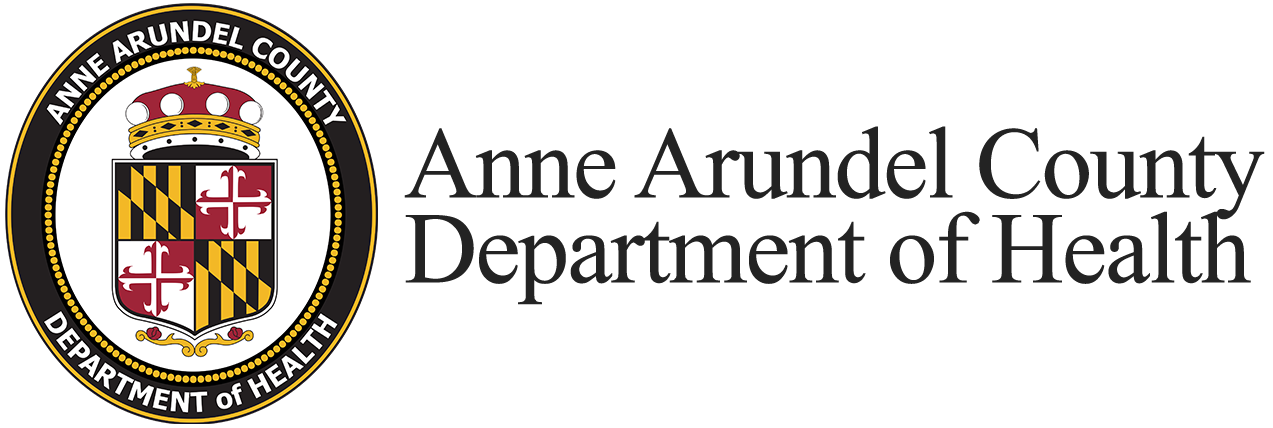In April 2005, the Anne Arundel County Department of Health received the test results of water samples from 13 residential wells in an area adjacent to Fort Meade. The well water samples (collected the week of March 21) were tested for organic chemicals (including pesticides, herbicides and volatile organic compounds) and inorganic chemicals by federal and State labs. Results from the organic chemical tests showed that the water in all of the residential wells met primary EPA (U.S. Environmental Protection Agency) standards for drinking water with no exceedance above the maximum contaminant level. The maximum contaminant level (MCL) is the federal standard for the amount of a substance allowed in drinking water.
The sampling was conducted as a follow-up to confirmation in March 2005 that three of the U.S. Army’s monitoring wells next to Fort Meade contained tetrachloroethene and carbon tetrachloride above the MCL. Four of the 13 home wells were found to contain levels of tetrachloroethene ranging from 0.17 to 1.52 parts per billion (ppb), significantly less than the MCL of 5 ppb. Tetrachloroethene is commonly used for degreasing metals and dry cleaning fabrics.
- See Chemicals in Well Water: A Public Health Fact Sheet
- View an EPA fact sheet on tetrachloroethene (also called tetrachloroethylene).
Results from the inorganic chemical tests found that five of the homes had lead levels above the MCL of 15 ppb. The most common source of lead in home drinking water is household plumbing materials. The Department of Health worked with the affected homeowners to make recommendations to assist in effectively reducing the lead level in their water.
As a follow-up to this well water sampling initiative, the Department of Health resamples the residential wells annually. See Sampling Results: 2006, 2007, 2008. See Summary of Findings 2005.
Fort Meade, with support from the Maryland Department of the Environment and under the supervision of the Environmental Protection Agency, continues to sample the monitoring wells as part of the overall base assessment and remedial investigation.
The County’s public water system is not affected by this Fort Meade assessment. The majority of residents in the identified area next to Fort Meade use public water, which is tested regularly and meets EPA standards.
